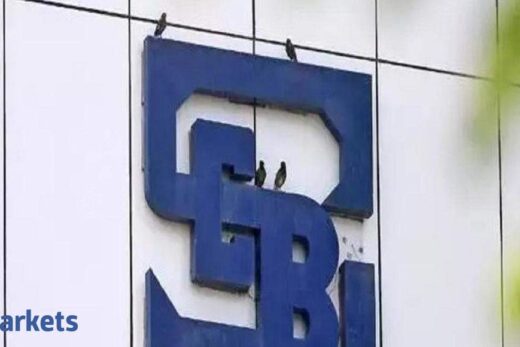Under the new framework, issuers other than unlisted REITs (Real estate investment trusts) and InvITs (Infrastructure investment trusts), who are in existence for less than 3 years, have been facilitated to tap the bond market on certain conditions, Sebi said in a statement after its board meeting.
This condition includes the issuance of their debt securities is made only on a private placement basis; the issue is made on the EBP platform irrespective of the issue size, and the issue is open for subscription only to qualified institutional buyers (QIBs).
“This will enable Special Purpose Vehicles created for specific infrastructure purposes/ NBFCs/ listed REITs/ listed InvITs and other companies who propose to list debt securities purely on private placement basis but who do not have a three-year existence history, to list their debt securities issued on private placement basis,” Sebi said.
It, further, said that all other requirements under the proposed rules and operating stipulations of the electronic book mechanism provider or EBP mechanism will continue to apply to such issuers.
The board approved the proposals to merge ILDS (Issue and Listing of Debt Securities) rules and NCRPS (Non-Convertible Redeemable Preference Shares) rules into a single regulation to be called — Sebi (Issue and Listing of Non-Convertible Securities) Regulations.
In addition, parameters for identification of risk factors have been introduced under the new rules to assist issuers in disclosing pertinent risk factors on risks intrinsic to the issuer as well as the instrument, other risk factors, which may have an impact on the issue, among others.
The requirement to have a minimum rating of AA- for public issuance of NCRPS has been done away with in requirement as is the case for a public issue of debt securities.
The requirement of a minimum tenure of three years for public issuance of NCRPS has been removed, thus providing flexibility to the issuers to structure their issuance as per their resource requirement and raise funds through an issue of NCRPS.
This is also in line with the present requirement pertaining to debt securities.
To enable issuers to raise funds quickly without filing a separate prospectus each time, the restriction of not more than four issuances of debt securities in a year through a single shelf prospectus has been done away with.
The option for call and put has been introduced in case of debt securities issued on a private placement basis. This will provide greater flexibility to the issuers and investors of debt securities and NCRPS as well.
“Further, the period for the exercise of call and put option has been brought down to 12 months from 24 months in order to provide increased flexibility, both to issuers and investors,” Sebi said.
Issuers who have cured the default in payment of interest/dividend/redemption amount to raise funds through non-convertible securities have been permitted to file shelf prospectus post such curing of default.
This is subject to that the issuers have cured the default at least 30 days prior to filing the draft shelf prospectus.
In order to encourage public issuances of debt securities, the present stipulation that the minimum size of Rs 100 crore has been done away with, Sebi said.
The Electronic Book Provider (EBP) platform has been made mandatory for issuance of eligible securities on a private placement basis proposed to be listed amounting to Rs 100 crore or above in a financial year which will improve price discovery and transparency.
Sebi said the provision of creation of charge on the assets and properties of the issuer has been harmonised with the Companies Act, thus allowing the issuer to have an option to create charge over its properties or assets, shares or any interest thereon, of the issuer or its subsidiaries or its holding companies or its associate companies.
The move will provide greater flexibility to the issuers for the creation of charge.
The requirement of the abridged prospectus has been streamlined to around 10 pages from over 50 pages, in order to enhance readability for the investor.
In case an issuer wishes to roll over the debt securities the provision of e-voting has been introduced in addition to the postal ballot to facilitate issuers to seamlessly obtain voting for passing the resolution. This will also encourage wider investor participation in the voting.



